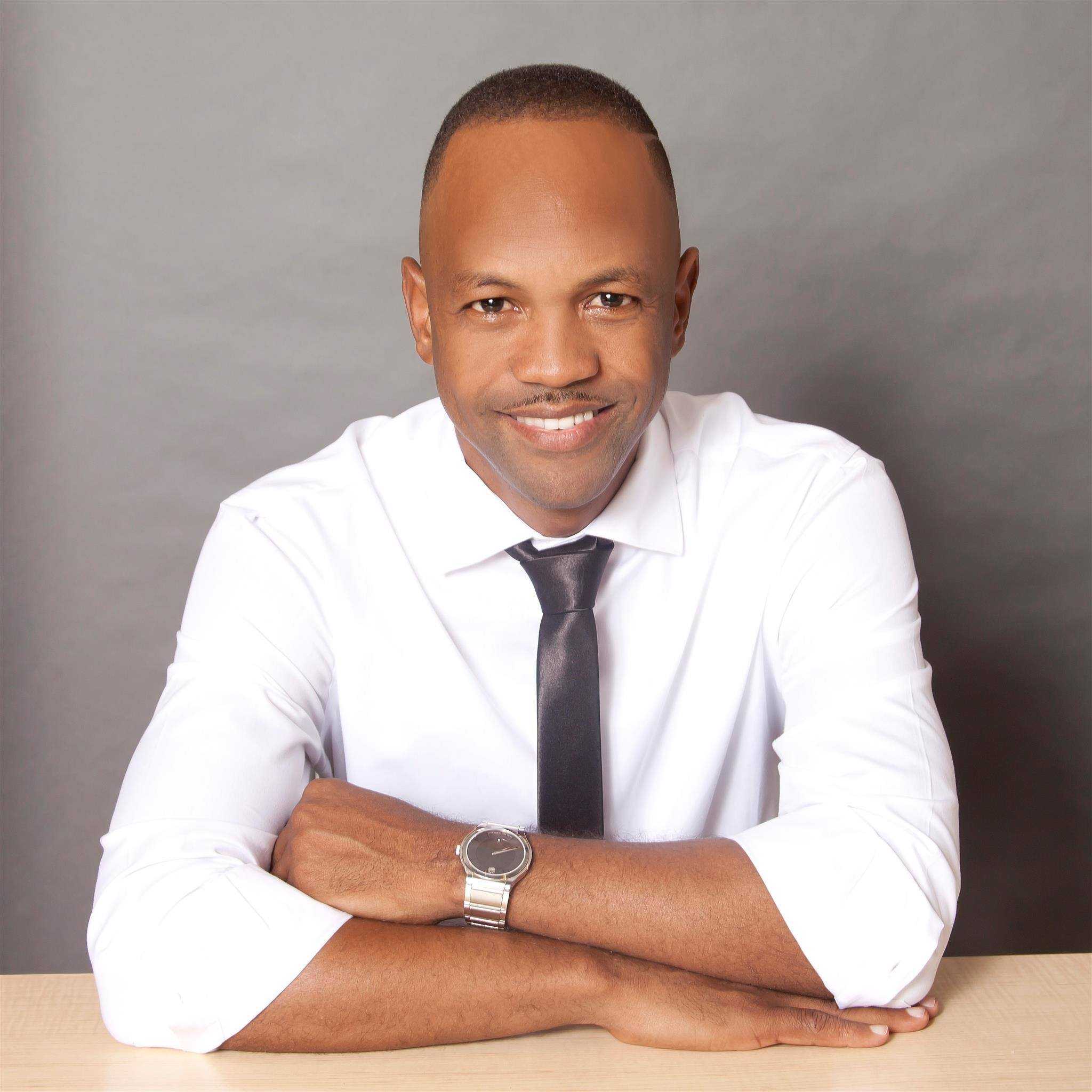All parents want to give their children a promising future. A good education is key to achieving that goal. However, the cost of education keeps rising. Finding ways to invest in your child’s education can be difficult, so you must start thinking of how to save for your child’s education early. Here are ways to invest in your child’s education:
1. RESPs
Registered Education Savings Plans (RESPs) are a popular way for parents to save for their child’s post-secondary education in Canada. With an RESP, you can contribute per child. The contributions are tax-free while in plan, and the government also contributes 20% on the first $2,500 contributed annually, up to $500 per year and a lifetime of $7,200 into an RESP under the Canada Education Savings Grant (CESG).
RESPs are better than most saving options because they offer grants and the income earned adds value over time. However, there are limitations. For instance, the money in an RESP can only be used for educational purposes. There are penalties for withdrawing money from RESP for non-educational purposes. CST Savings can guide you from the first contribution to graduation. You can check out CST savings reviews to find out more about the plan options available. The money in the RESP can be used to pay for tuition, textbooks, and other educational expenses associated with a post-secondary education.
2. Mutual Funds
Mutual funds are another popular way to save for your child’s education. A mutual fund is a pool of money managed by a professional investment manager. The manager can invest the money in stocks, bonds, and other securities.
You can invest in mutual funds for your child’s education through a TFSA or a non-registered plan. A TFSA allows you to invest up to $6,000 annually. The contributions are tax-free. Income from the investment is also tax-free. A non-registered plan is tax-free. You can invest any amount you want in a non-registered option.
Mutual funds are great for saving for your child’s education. They offer the potential for high returns. However, they also pose a few risks. The investment value fluctuates depending on the assets’ performance.
3. Savings Plans
Savings plans can help you prepare for your child’s education. You can open one and deposit money regularly. The percentage earned on the savings is added to the principal. It increases the overall value of the investment. Savings are low-risk because the principal is guaranteed. However, the amount earned is generally low. This means the returns on the investment may not keep up with the rising cost of education.
4. Real Estate
Real estate investments can help with your child’s education. You can buy a rental property and channel the income to education. You can also buy a property and sell it when the value has increased. Real estate is a lucrative way to save for your child’s education. However, it can be risky. The value of the property fluctuates. There are maintenance costs associated with owning a property.
When investing in your child’s education, start early and be consistent. The earlier you start saving, the more time your money has to grow. Consistency ensures that you reach your savings goals.
Consider your long-term financial goals when choosing an investment option. For instance, if you plan to retire in the near future, don’t invest in a rental property. It requires ongoing management and maintenance, which can be tiring. Seek professional opinion when unsure of your best option.


 Community News2 weeks ago
Community News2 weeks ago
 Community News1 week ago
Community News1 week ago
 Community News2 weeks ago
Community News2 weeks ago
 Community News2 weeks ago
Community News2 weeks ago
 Community News2 weeks ago
Community News2 weeks ago
 Community News2 weeks ago
Community News2 weeks ago
 Community News2 weeks ago
Community News2 weeks ago
 Community News5 days ago
Community News5 days ago






























